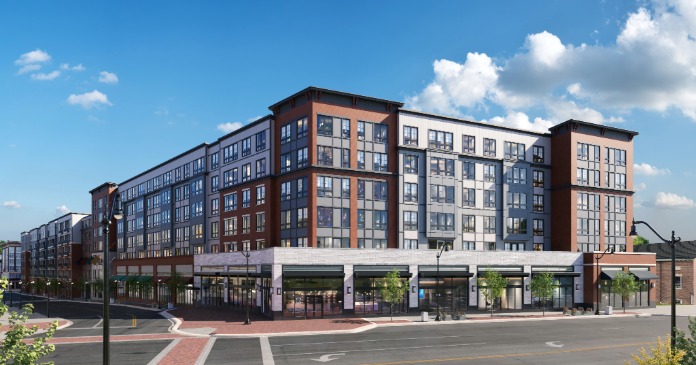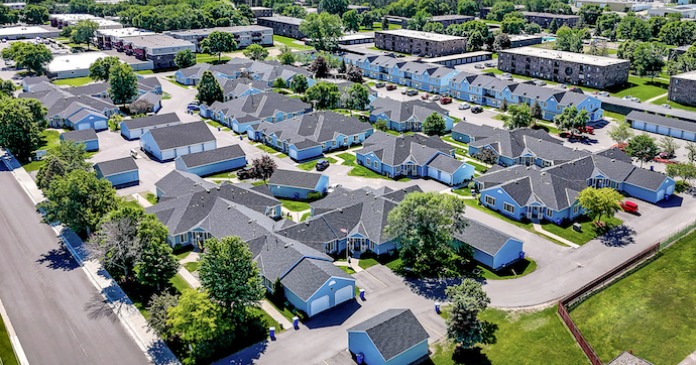Renters are considered “cost burdened” if they spend more than 30 percent of their income on rent and utility costs. The research was conducted by Jessica Bean, vulnerable families research associate at the Carsey Institute, and is presented in the brief “Renters More Often Burdened by Housing Costs After Recession.”
“Increased need among American renters indicates that strong public housing programs are necessary to protect individuals from becoming overburdened. However, this research also demonstrates that the lowest-earning households experienced the smallest increases in cost burden over time, indicating that without the housing programs already in existence, America’s most vulnerable households likely would have fared even worse,” Bean said.
The key research findings are as follows:
Nationwide, nearly half (49 percent) of all renters were “cost burdened” in 2010, spending more than 30 percent of their income on housing, with the highest rates occurring in the West and in central cities.
In all regions and across all place types, the percentage of renters who were cost burdened increased between 2007 and 2010.
The largest increase in cost-burdened renters occurred in rural places, up 4.3 percent by 2010, compared with increases of 3.4 and 2.9 percentage points in suburban places and central cities, respectively.
Renters under the age of 25 were most often cost burdened both pre- and post-recession, with nearly 60 percent of young renters spending more than 30 percent of their income on rent in 2010.
In all regions, the largest increase in the proportion of renters who were cost burdened occurred among those with a household income between $20,000 and $50,000.













